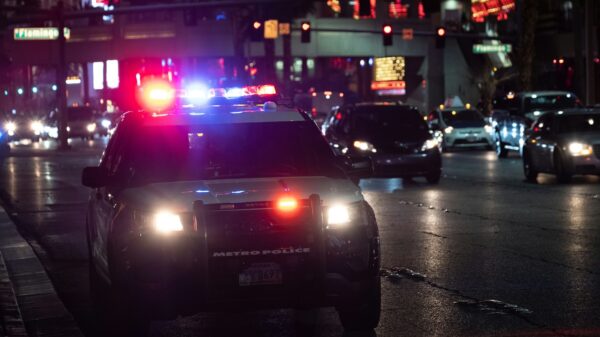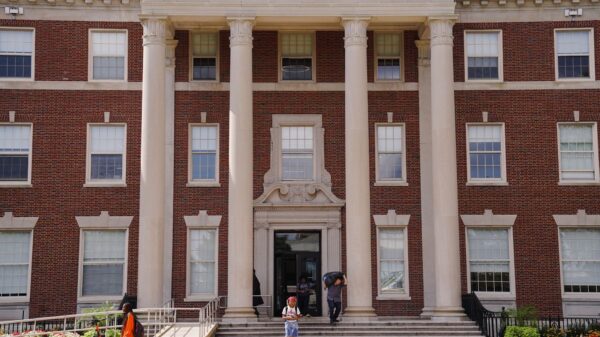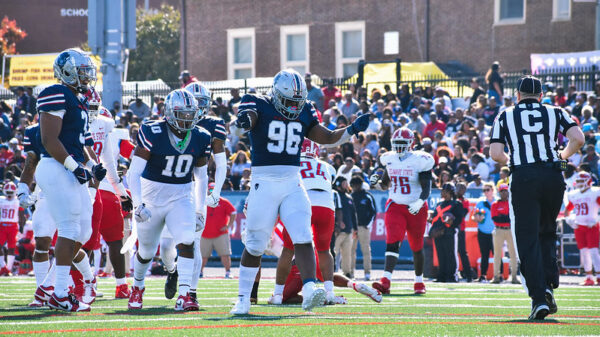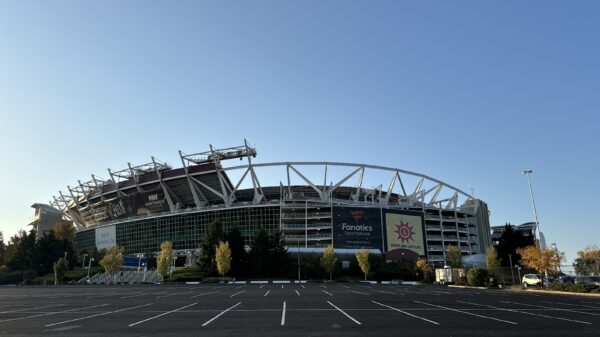By: Tiasia Saunders, Staff Reporter
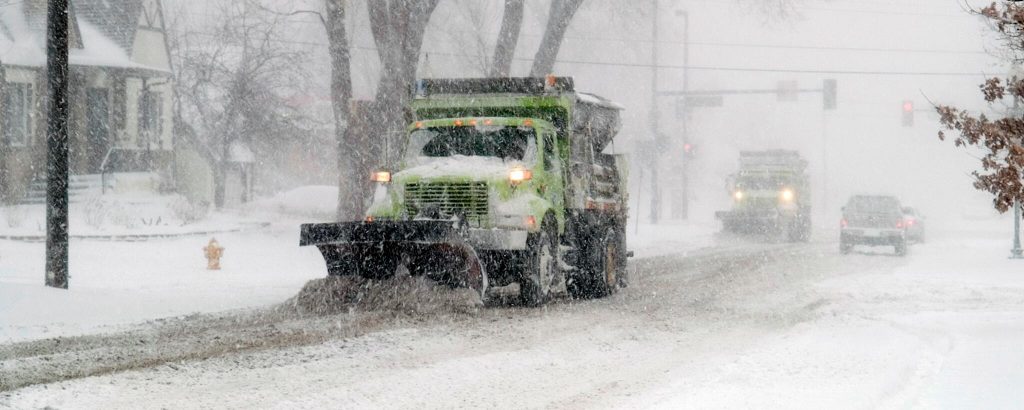
Two winter storms have created havoc for people in Southern and Central America causing over two dozen deaths and hazardous living conditions. Due to the storms, there have been power outages, water shortages, freezing temperatures and dangerous roads.
“I am just limiting my time spent outside and buying winter gear. There’s nothing else I can really do. I have no plan if the power goes out,” said junior economics major and Vice President of the Climate Change Club, Malik Woullard.
The storms left 3.7 million people without power with 3.3 million of those people residing in Texas and the numbers steadily rising. Due to the failure of its power grid from the combined rise in demand for electricity and limited supply of energy, the residents are struggling to stay afloat.
“We have [had] rolling blackouts with loss of power and cell service since last Sunday. This made us lose our heat in the house and made it very difficult to keep up with school as I have missed a lot of classes,” said freshmen and Texas resident Jasmine Holmes.
105 million Americans were under a winter storm warning or watch with 26 reported deaths. The death causes spanned from carbon monoxide poisoning to weather-related vehicle crashes. Officials advised residents to stay off the roads.
“Overall, the nation could do a better job in making sure all communities have the information they need and can use with respect to extreme weather and a changing climate,” said Anita Chandra, Vice President and Director of RAND Social and Economic Well-Being.
“This includes basic household preparedness, in terms of having a household emergency kit, being able to have access to emergency communications and updates, and other household plans on sheltering in place and finding resources in the community for water and warming centers,” she continued.
On Tuesday at least 20 cities endured their coldest weather in history. The National Weather Service predicted that the temperatures would be 25 to 45 degrees below normal.
“We are seeing changes in the frequency and scale of extreme weather events, whether snow in the South or heat waves and flooding in areas previously not experiencing those kinds of patterns and effects. Thus our efforts to both adapt to and mitigate the effects of a changing climate are important,” Chandra said.
Some cities set up safety shelters at local fire stations and schools. These stations include generators, food and warmth for the residents of the communities.
“The community is extremely unprepared for an event like this. There is little to no planning for events like this since Texas rarely experiences snow and extremely low temperatures. I am aware that they opened a warming station at one of the local high schools,” Holmes said.
Scientists suggest that the heating of the Arctic pushed frigid air from the North Pole to the south toward the United States and Mexico border, causing record drops in temperature and winter storms. Usually cold air is sustained in a polar vortex on the North Pole but interference from jet streams caused the vortex to move. Jet streams are fast-flowing air currents that encircle the globe and are located several miles above the Earth.
As energy releases from the jet streams it disrupts the flow of the vortex and as it moves the cold air follows. This phenomenon occurs because the polar vortex stretches and can possibly split.
Some people have found safe and innovative ways to manage the bitter cold at home.
“Don’t run a vehicle, a grill, or any carbon-emitting appliance inside of the home at all. If one has a generator, use it outside,” Woullard said.
If you would like to donate to help states like Texas, Oklahoma and Louisiana here are some nonprofit organizations that are providing resources such as food, water and shelter: Houston Food Bank, Homeless Alliance and Food Bank of Northeast Louisiana.


